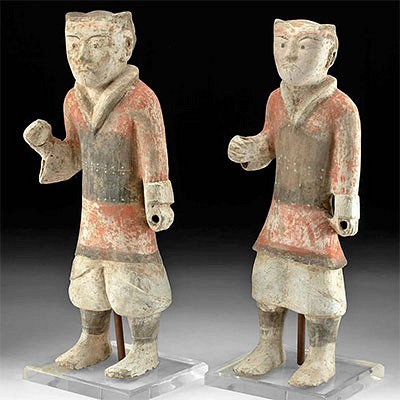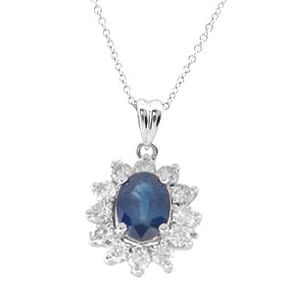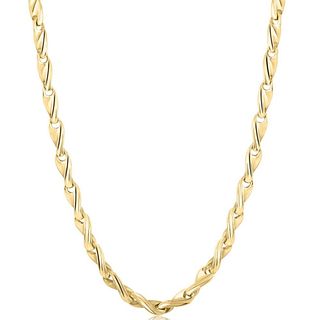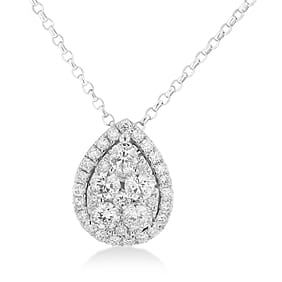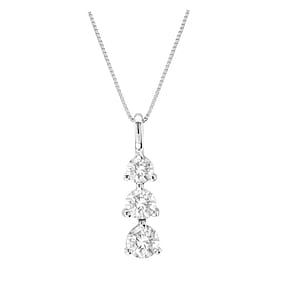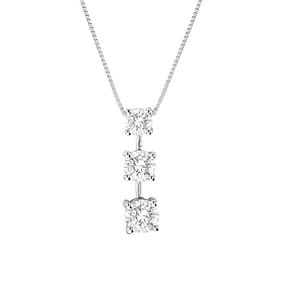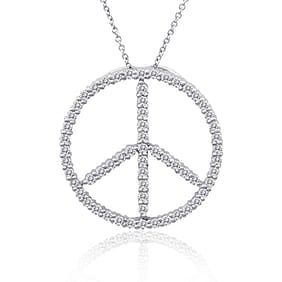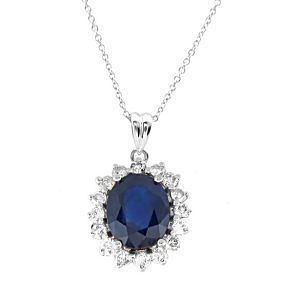20th C. Yemenite Silver Necklace Beads, Bells & Coins
Lot 49
About Seller
Artemis Fine Arts
686 S Taylor Ave, Ste 106
Louisville, CO 80027
United States
Selling antiquities, ancient and ethnographic art online since 1993, Artemis Gallery specializes in Classical Antiquities (Egyptian, Greek, Roman, Near Eastern), Asian, Pre-Columbian, African / Tribal / Oceanographic art. Our extensive inventory includes pottery, stone, metal, wood, glass and textil...Read more
Categories
Estimate:
$900 - $1,350
Absentee vs Live bid
Two ways to bid:
- Leave a max absentee bid and the platform will bid on your behalf up to your maximum bid during the live auction.
- Bid live during the auction and your bids will be submitted real-time to the auctioneer.
Bid Increments
| Price | Bid Increment |
|---|---|
| $0 | $25 |
| $300 | $50 |
| $1,000 | $100 |
| $2,000 | $250 |
| $5,000 | $500 |
| $10,000 | $1,000 |
| $20,000 | $2,500 |
| $50,000 | $5,000 |
| $100,000 | $10,000 |
| $200,000 | $20,000 |
About Auction
By Artemis Fine Arts
May 25, 2023
Set Reminder
2023-05-25 10:00:00
2023-05-25 10:00:00
America/New_York
Bidsquare
Bidsquare : ON-SALE! Antiquities, Pre-Columbian, Ethno, Fine Art
https://www.bidsquare.com/auctions/artemis-gallery/on-sale-antiquities-pre-columbian-ethno-fine-art-12860
ON-SALE Antiquities, Pre-Columbian, Ethno, More! Artemis Fine Arts info@artemisgallery.com
ON-SALE Antiquities, Pre-Columbian, Ethno, More! Artemis Fine Arts info@artemisgallery.com
- Lot Description
Near East, Yemen, ca. early to mid-20th century CE. A lovely necklace comprised of 64% silver pendants, beads and bells, Indian Two-Annas coins, and pink-orange copal beads all strung on cotton cords. While the Annas coins are circulated and rubbed, some have discernable 1916 and 1917 years - Annas were Indian currency used under British rule and have the bust of George V in profile. Yemen's geographical position between India and Africa created a multicultural melting pot of jewelry. The triangular terminal plaques are seen in Indian Jewelry, the central tubular capsule known as a tawiz is worn in many Islamic / Hindu cultures in South Asia, and this type of necklace was often used in Jewish rituals - presented to a girl once she reached adulthood. For many years, Yemenite silversmiths were almost entirely Jewish, and women primarily wore the jewelry as signs of status. Size of strand: 21.5" L (54.6 cm); central rectangle panel: 1.5" L x 0.9" W (3.8 cm x 2.3 cm); 64% silver; weight: 158.2 grams
Provenance: private New Mexico, USA collection
All items legal to buy/sell under U.S. Statute covering cultural patrimony Code 2600, CHAPTER 14, and are guaranteed to be as described or your money back.
A Certificate of Authenticity will accompany all winning bids.
We ship worldwide and handle all shipping in-house for your convenience.
#176121Minor indentations and softening to silver beads and pendants, with some patina and dark toning. Rubbing and softening to coin faces, but somewhat discernable. Wearable with some fraying and discoloration to cotton terminal cords - which could probably be replaced if desired with a chain.Condition
- Shipping Info
-
All shipping is handled in-house for your convenience. Your invoice from Artemis Gallery will include shipping calculation instructions. If in doubt, please inquire BEFORE bidding for estimated shipping costs for individual items.
-
- Buyer's Premium



 EUR
EUR CAD
CAD AUD
AUD GBP
GBP MXN
MXN HKD
HKD CNY
CNY MYR
MYR SEK
SEK SGD
SGD CHF
CHF THB
THB




